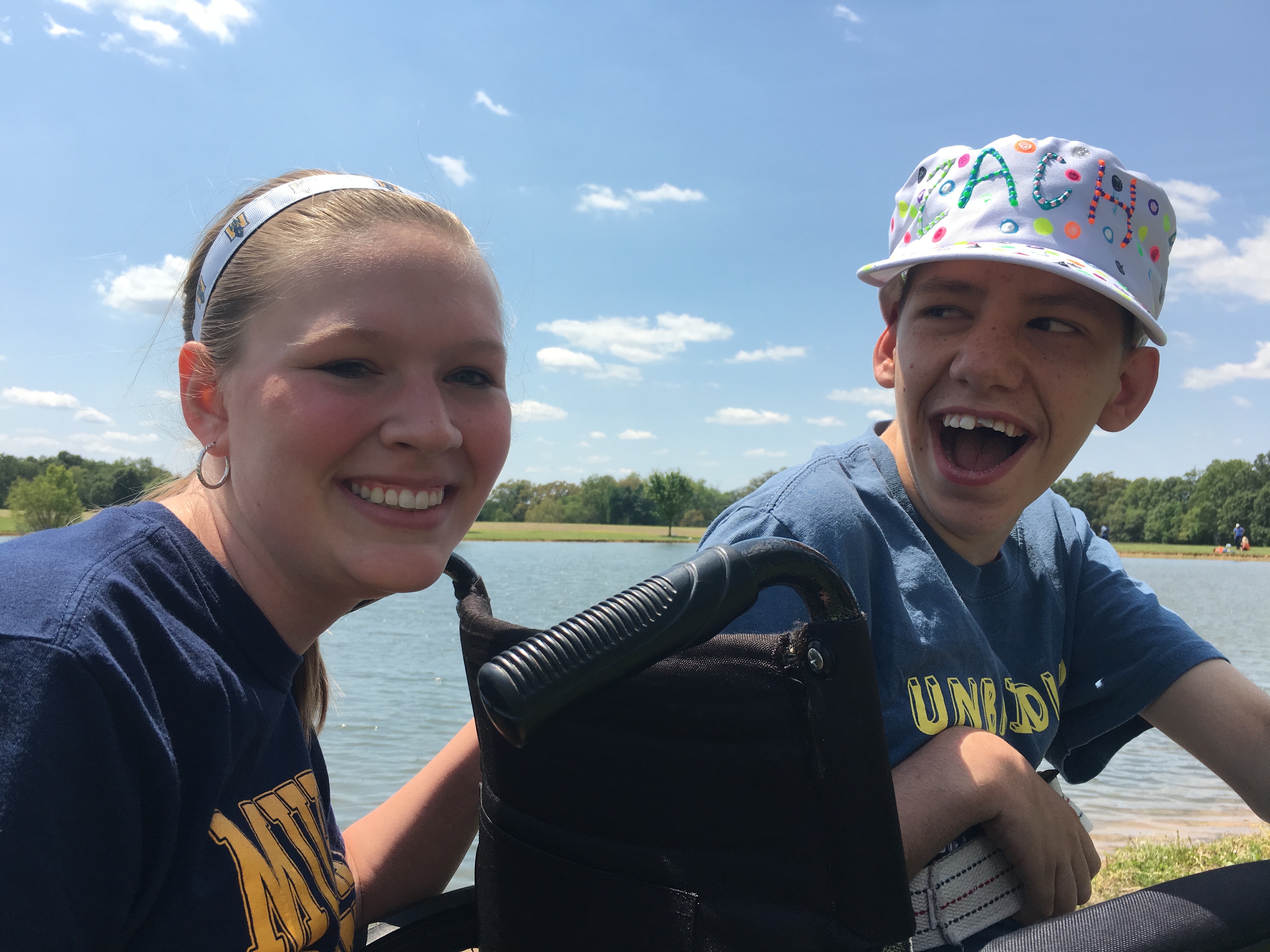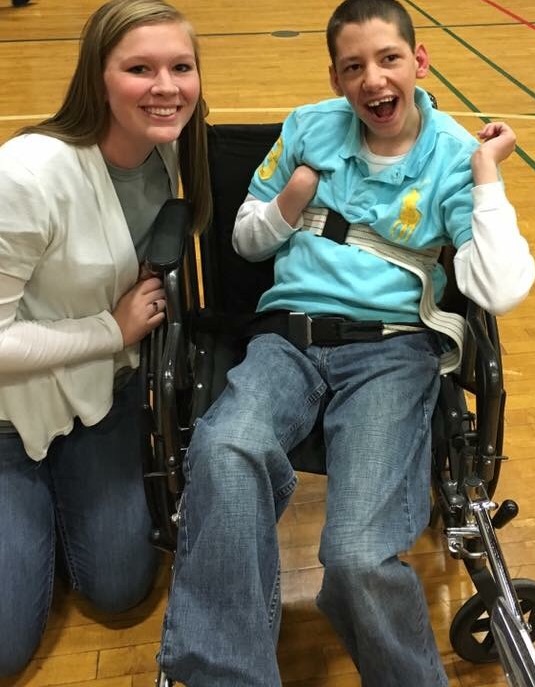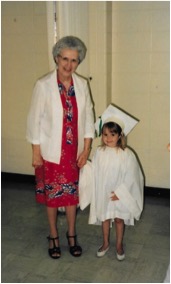
Spelling words became a real challenge for Courtney in 2nd grade. Fortunately for her, I had just attended Universal Design for Learning(UDL) training at the Center for Applied Special Technology(CAST) in Boston, MA. UDL taught me that students need multiple means of representation, meaning that teachers should present information and content in different ways. Teachers should also provide multiple means of action and expression which means differentiating the ways students can express what they know. Lastly, teachers should provide multiple means of engagement meaning teachers should stimulate interest and motivation for learning. I could only address the first concept, and address it we did!
Courtney would write the words the required amount of times as the teacher required, but that was never enough for her to learn the words. We would write them out with magnets on the refrigerator, we would write them out with markers and tape them all over the house. We would make flashcards and quiz on them, we would sing and dance them out, and she would give me the words and make me spell them so she could hear them. I cannot tell you the number of hours that were spent in learning to spell those words. When she had her last spelling test, I can't remember what grade it was, but it was many years later, I wanted to celebrate. I'm sure her teachers never had any idea how many hours we spent and unfortunately none of her teachers ever applied any of the UDL principles I had learned. I'm not sure all those hours were productive, Courtney is still not a good speller but with spell-check and speech to text, she doesn't have to be.
I also learned to be very proficient with Quizlet and Flashcards apps as well as paper flashcards as Courtney entered Jr. High School. She would enter her terms in Quizlet and it would create instant flashcards for her to study on her new iPod Touch! Back then you had to use Flashcard apps that synced with Quizlet since Quizlet did not have their own app at the time. Quizlet was also great because you could use the website and it would create various games in which the terms would be used. You could also search and find flashcards that others had already made so you didn't have to enter them; you could just download their flashcards and tweak them to meet your needs. It was also great because you could create a practice test in any format you would like, multiple choice, true/false, or fill in the blank.
She also used paper flashcards quite a bit. Back then she began using the paper flashcards for the times when she could not use her iPod. Now she is in college and I would have thought she would have used all electronic flashcards, but she doesn't. It seems she is still teaching me lessons. She says it helps her to write the terms out. It also forces her to really think about the term and the answer, she says it is too easy on the iPad or iPhone to just sort of flip through the cards without really thinking about the terms and the definition.
In high school Courtney's school did not allow any mobile devices of any kind, no phones, no tablets, and no netbooks! This was hard for a child of a technology parent who had every device possible at her fingertips. In a casual conversation with a teacher at her high school, Courtney mentioned using electronic flashcards on her iPhone. The unnamed teacher actually allowed her and anyone else in the class to use their phones to study in her classroom. As far as I remember she never got into any trouble for this action, but I remember being flabbergasted that such an allowance might cause trouble for this teacher.
Courtney signed up for the peer tutoring class in the severe/moderate classroom in high school to no one's surprise after being immersed in the special education/assistive technology world for so many years. She was outstanding as a peer tutor and cared very deeply for her fellow students. She won a college scholarship after being nominated by the staff for her fantastic work in their classroom.
Courtney taught me many lessons and became a great teacher and it is no wonder that as I write this today she is at Murray State University studying to become a Speech-Language Pathologist. I am so proud of her and I can't wait for the many lessons that she will teach me in the years to come. Thank you Courtney for all the lessons, students from all over Indiana have benefited because of you!
If you have students who are struggling, please don't hesitate to contact me, I am always excited to learn new lessons!



